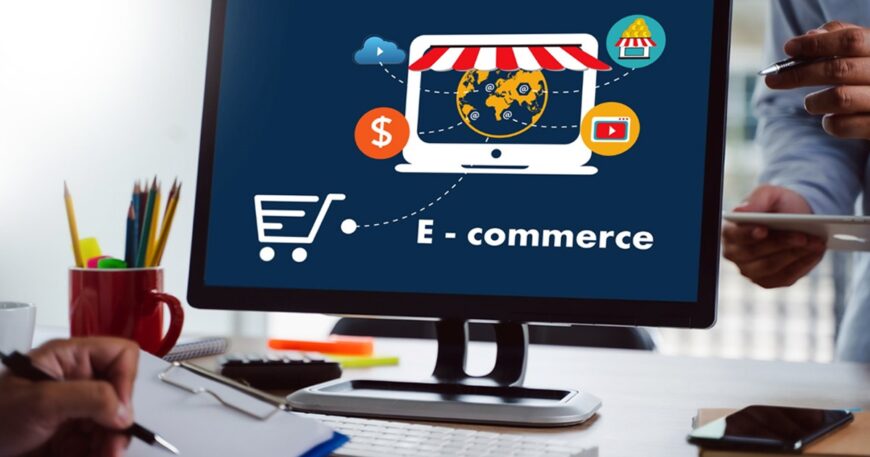Electronic commerce, or e-commerce, refers to all the procedures involved in buying and selling things online or over the internet, from the producer to the end customer. E-commerce utilizes advancements like:
Automated data gathering systems, Internet marketing, mobile commerce, electronic data exchange (EDI), supply chain management, inventory management systems, online transaction processing, and electronic money transfers
CLASSES OF BUSINESS SERVICES
Numerous distinct commercial transactions carried out online might be covered by e-commerce services. It is imperative that the services you employ align with the nature of your organization. To this end, conducting an initial market analysis is highly recommended prior to finalizing your choice of service provider. The most popular categories for E-commerce services are business-to-business (B2B), business-to-consumer (B2C), business-to-business (C2B), business-to-employee (B2E), and business-to-business (C2B).
Business to Business (B2B): Also referred to as electronic data exchange, or EDI, business to business ecommerce services is typically conducted online. Information is electronically sent between two businesses.
Business to Consumer (B2C): B2C e-commerce services are only accessible online. The customer has access to the supplier’s system in this type of company.
Customer to Business (C2B): E-commerce between consumers and businesses is expanding, with customers requesting certain products or services.
Business to Employee (B2E): This type of business is sometimes referred to as “Intranet” by e-commerce services. A website designed to give information about the company to employees is known as business-to-employee e-commerce. A company’s own network typically runs its intranet, although occasionally it can be expanded to include external sources via the Internet.
Customers can list items for purchase on auction sites provided by
Consumer-to-Consumer (C2C): e -commerce services. Bidding for the mentioned goods and services is open to other consumers who have access to this information. For the service, the site owner typically charges a transaction cost.
While e-commerce companies provide a variety of services, their common goal in this fiercely competitive industry is to link buyers and sellers via the global marketplace that the Internet provides.
Alternatively put, the most important area of the industry is e-commerce. Furthermore, the advancements in semiconductor sector technology have an equal impact on it.
Though it may employ email and other technologies, e-commerce usually uses the internet for a portion of the trading cycle. E-commerce trading also encompasses the purchase of goods and services, such as clothing from Alibaba and digital distributes like the iTunes Store. Likewise, e-commerce is divided into three sections:
Internet Raffles
Online Sales
Online Marketplaces
How Are E-commerce Services Operated?
E-commerce is conducted online. Using any of their devices, customers may explore and order products or services from an online store. This section provides a quick overview of the operations of an e-commerce service provider.
The client’s web browser will communicate back and forth with the server hosting the online marketplace once the order has been placed. Additionally, the order manager—a central computer—will get the information pertaining to the order.
The data is then moved to the databases that manage the inventory levels. These consist of the merchant system and the bank computer, which administer the payment process before returning the user to the order manager. Put simply, this guarantees that the store has adequate inventory to meet demand and that the consumer has provided enough monies to fulfill the order.
We Are Here to Help!
If you have any concern regarding your order, please feel free to Contact Us.





